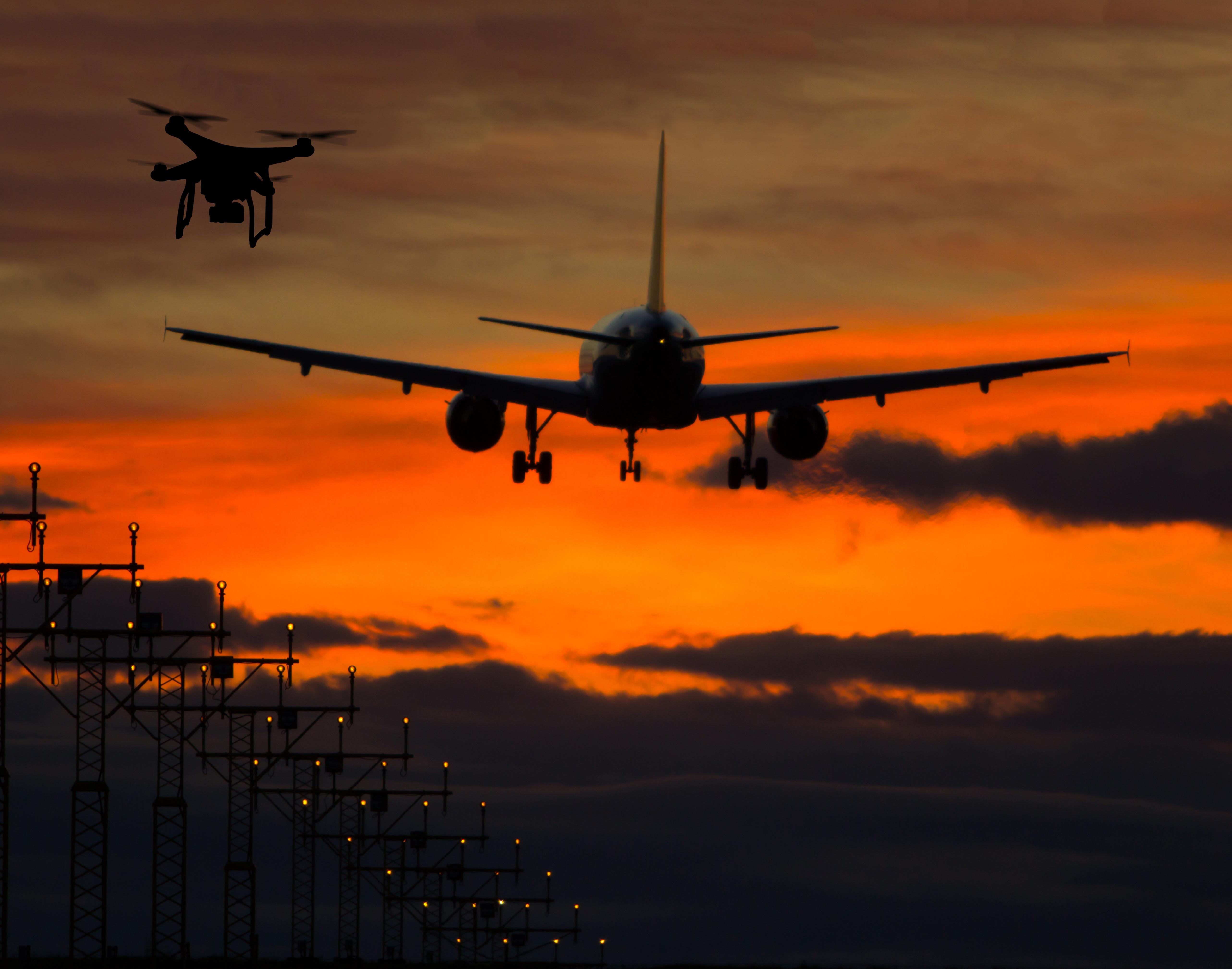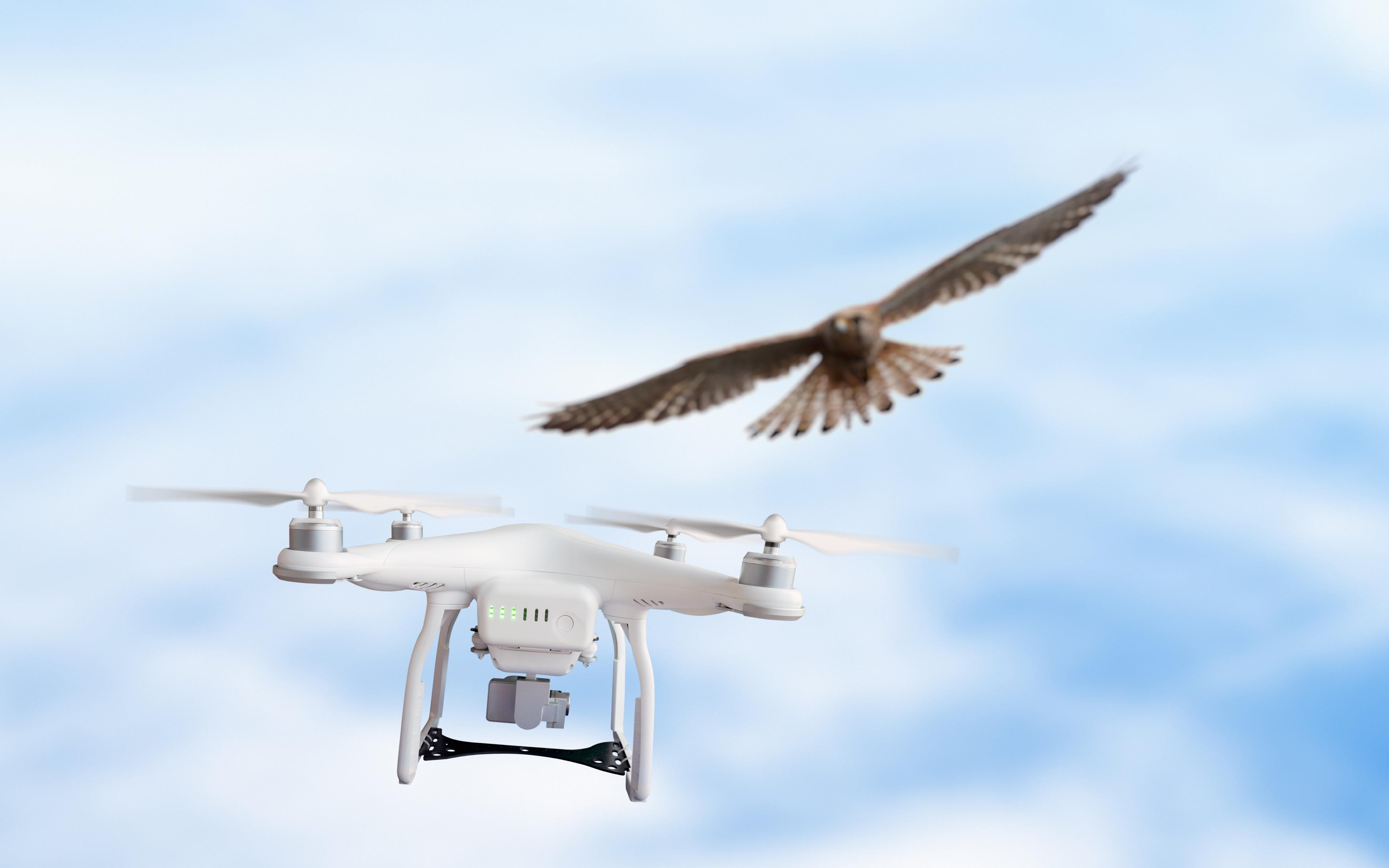

“Bigjet 141, Go Around, I say again, Go Around, acknowledge.”
Outwardly: “Groan…”
Inwardly: maybe a little bit of a startle, perhaps a certain amount of adrenaline.
“Go Around.” These words, and the reactions to them, are some of the most important to a pilot, whether initiated themselves or by air traffic controllers. They are probably the words that have prevented more accidents than any other, and would have avoided many that did happen, if they’d only been used.
And why that inward reaction? Well ‘going around’ certainly means your workload is about to go up, along with the plane. It also means you’re probably avoiding something dangerous in the immediate future of the aeroplane. And after all, we have ‘skin in the game’ – what happens to the aircraft happens to us and our passengers.
In the last few weeks those words will have been deployed or considered in response to a new safety hazard: drones.
The events, widely reported in the media over the holiday period, at the UK’s Gatwick airport were dramatic. Repeated incursions of a drone under unknown control into the airport caused the airport to shut for a day and a half, with disruption lasting beyond this. Shortly afterwards a much smaller incident at London Heathrow also caused departures to be grounded for a short time.
How could such a small thing have such a big effect? The answer lies in the potential consequence of a moderately sized drone being involved in an airborne collision with manned aircraft. Whilst we have surprisingly little information about the effects of such a collision, what we do know gives great cause for concern.

Experiment and modelling of different types of drone impacts on aircraft windscreens has produced alarming results. In tests jointly run by ECA member BALPA, the UK CAA and military authorities (at typical lower altitude cruising speeds) airliner windscreens were severely and often catastrophically damaged, while helicopters of all types were vulnerable to disaster at even lower speeds. There is a scarcity of information on the effects on other critical aircraft parts, especially engines – something that must be urgently addressed with testing and research.
The only option then is to keep the manned aircraft away from the unmanned ones when an incursion such as Gatwick’s occurs.
Some commentators have branded this approach as alarmist and overcautious. A lack of evidence showing drone collisions to be damaging is suggested, or a comparison to bird strikes and bird certification is made. Regulators and governments have gone out of their way to avoid extensive regulation that could be of real help, citing a wish not to stifle a new and potentially profitable growth industry.
Unfortunately, recent events have demonstrated powerfully that such an approach has the polar opposite effect to that which is desired. Not knowing the full extent of potential drone damage to aircraft requires an ‘avoid at all costs’ response. Not having regulations to register drones and operators, or require technology that could remotely interrogate or dictate their flightpath means there is little that can be done to address an incident in progress. Brushing over the idea that drones could be dangerous in malign hands, has meant airports have been able to overlook the need for spending on countermeasures.
When pilots hear another drone industry lobbyist telling us we should not worry: “Airliners manage with birds and there are way more of them than there are drones, so none of the above is necessary!” please forgive us if we shake our heads with frustration.

I’ve flown near birds many times, and you know what? They have skin in the game too. They generally try to get out the way. A drone, let alone an illegally operated one, of itself does not. When a collision does occur a bird goes ‘splat’. It is soft, and does little damage to an airliner unless very large, and even then is very, very rarely a cause of catastrophic damage. A drone on the other hand is a collection of dense inorganic parts (including motors and batteries), loosely bound together, a bit like a flying version of 18th century cannons’ ‘chainshot’. It doesn’t go splat – it cracks, it shatters and it penetrates.
What then is needed to prevent such a coming together? What combination of measures will protect our passengers and us from this new hazard, whether accidental, deliberate or illegal?
1. Pilots and Air Traffic Controllers should be familiar with the best practice “Drone Sighting Guidelines” (developed by BALPA and GATCO and widely endorsed), and follow them.
2. Independent state funded research is urgently needed into the nature of drone and aircraft collisions to quantify the risks, consequences and mitigations that may exist. In particular airliner engines are a priority for more information.
3. Exclusion zones around airports need to be a minimum of 5km to avoid interference from legal drone operations.
4. Drones need to be registered, marked indelibly for identification, and purchasers and operators registered and trained, just as with any potentially lethal product such as cars or firearms.
5. Such rules on drone operation must be rigorously and actively enforced by law enforcement authorities with sufficient resources for the task.
6. Effective and up to date real time drone countermeasures need to be available at any airport hosting commercial air transport operations.
7. Beyond the short term, manufacturing standards for consumer drones and up should include the requirement for GSM or transponder technology based remote identification and enforced aircraft/airspace avoidance.
Lastly, you might ask why you should listen to pilots – is this just about fear of new technology or protecting future jobs? I would first say that pilots take their primary role as independent safety professionals, with a duty to protect the travelling public, very seriously. There are few in the aviation industry with the ability to take such a stance. We also see the technology involved in drones and their infrastructure as an exciting and natural part of our professional future – nothing stays the same forever.
But if you still didn’t believe me I would say something simpler: Just like our passengers onboard the same aeroplanes we fly… we have skin in the game. If your pilots are concerned, so should we all be.
by Jon Horne, ECA President